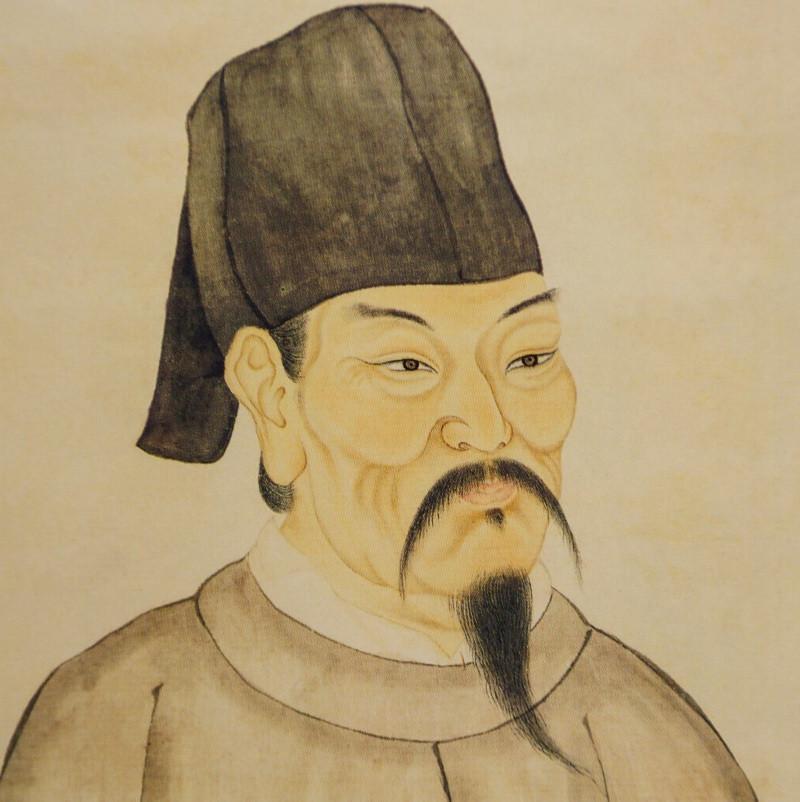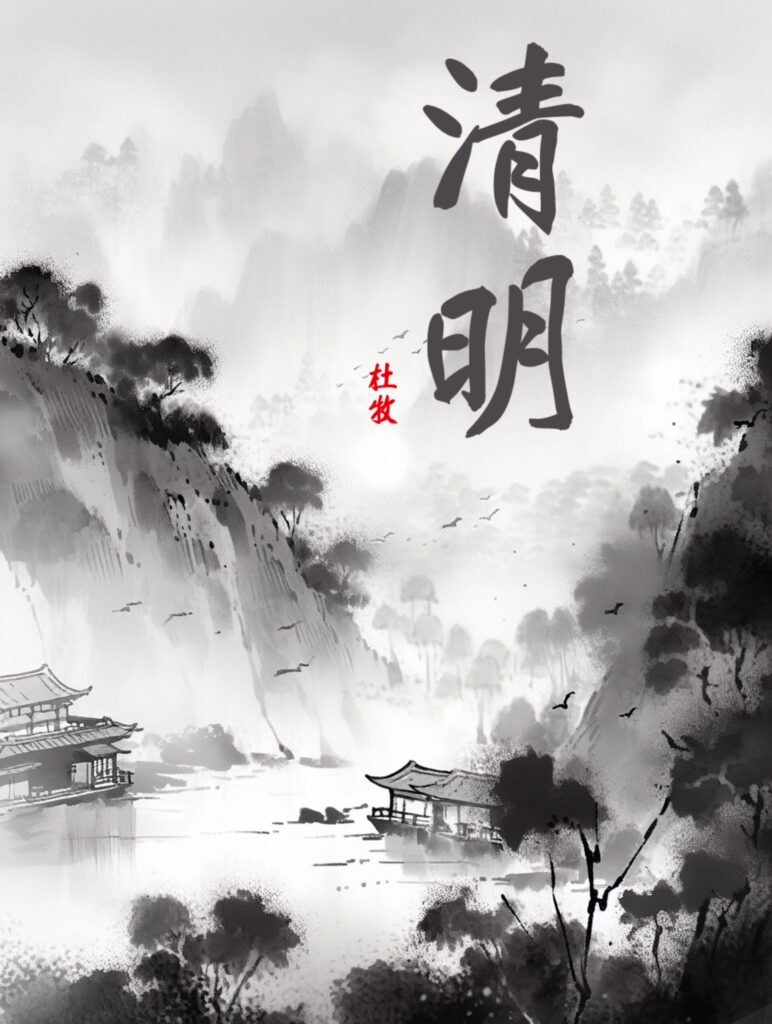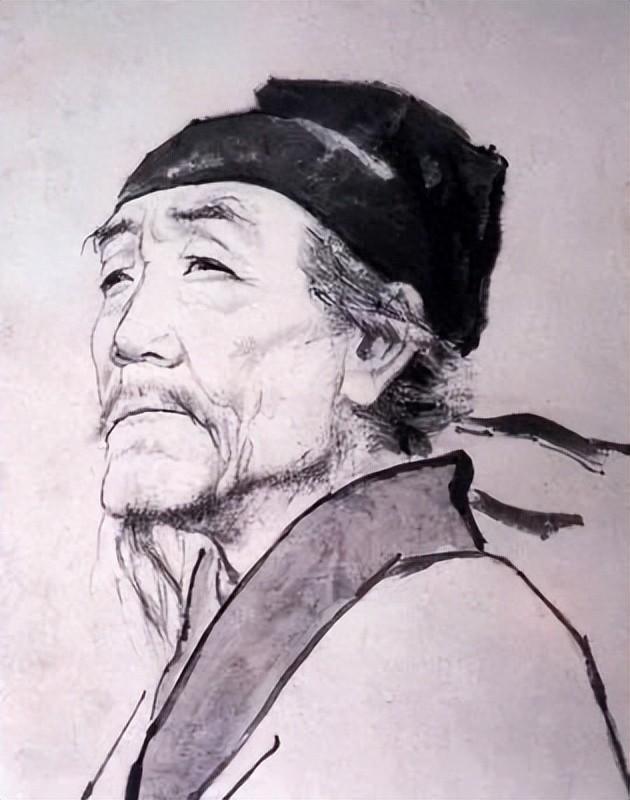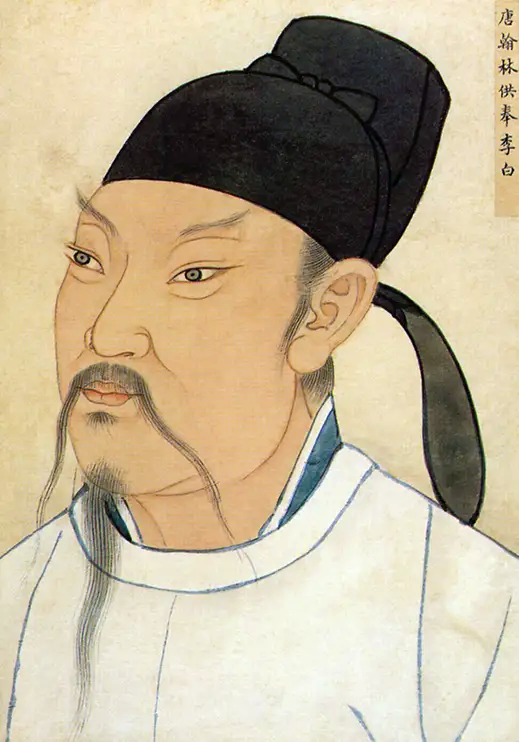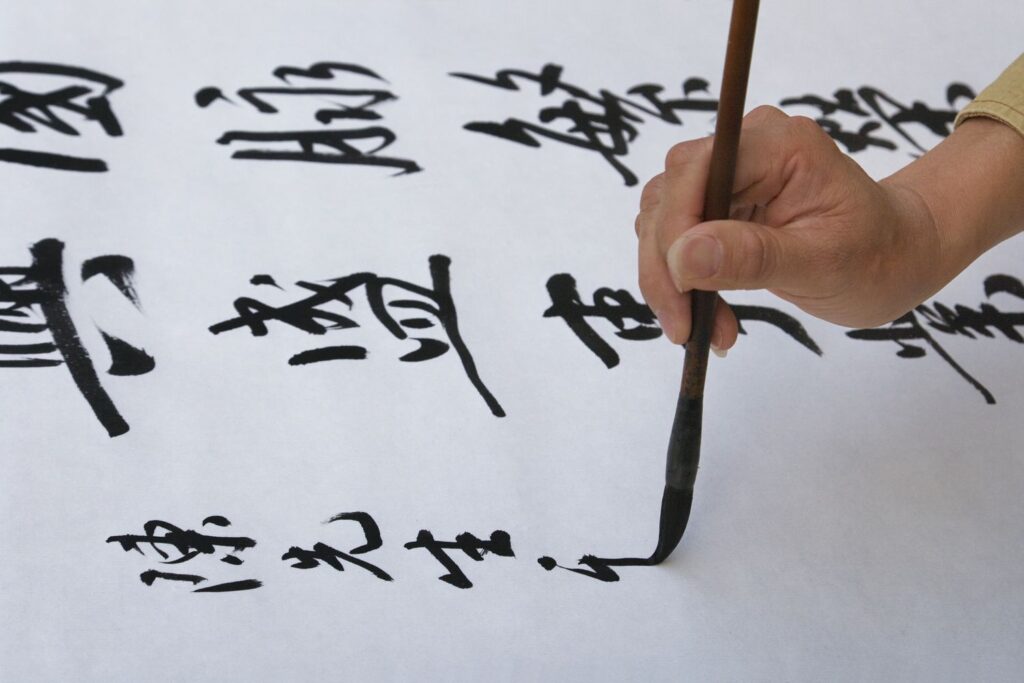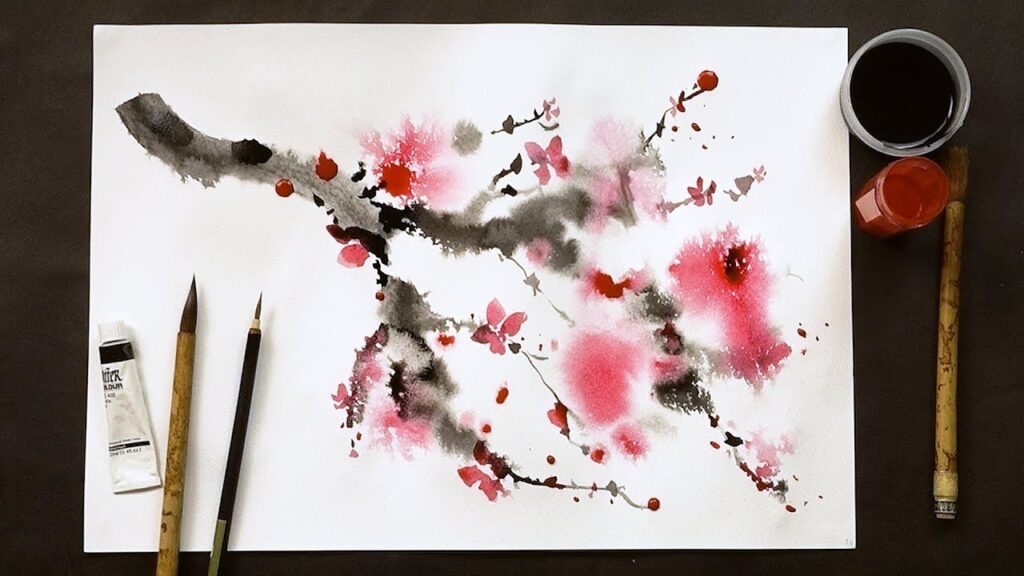王维 (Wang Wei): The Poet Who Painted with Words
Few artists in history have blended poetry, painting, and spirituality as seamlessly as 王维 (Wang Wei, 699–761 CE). A towering figure of the Tang Dynasty, Wang Wei was not just a poet but also a musician, painter, and devout Buddhist. His works—often called “poetry paintings” (shī yǒu huà 诗有画)—capture the quiet majesty of nature while echoing profound Zen-like tranquility. […]

